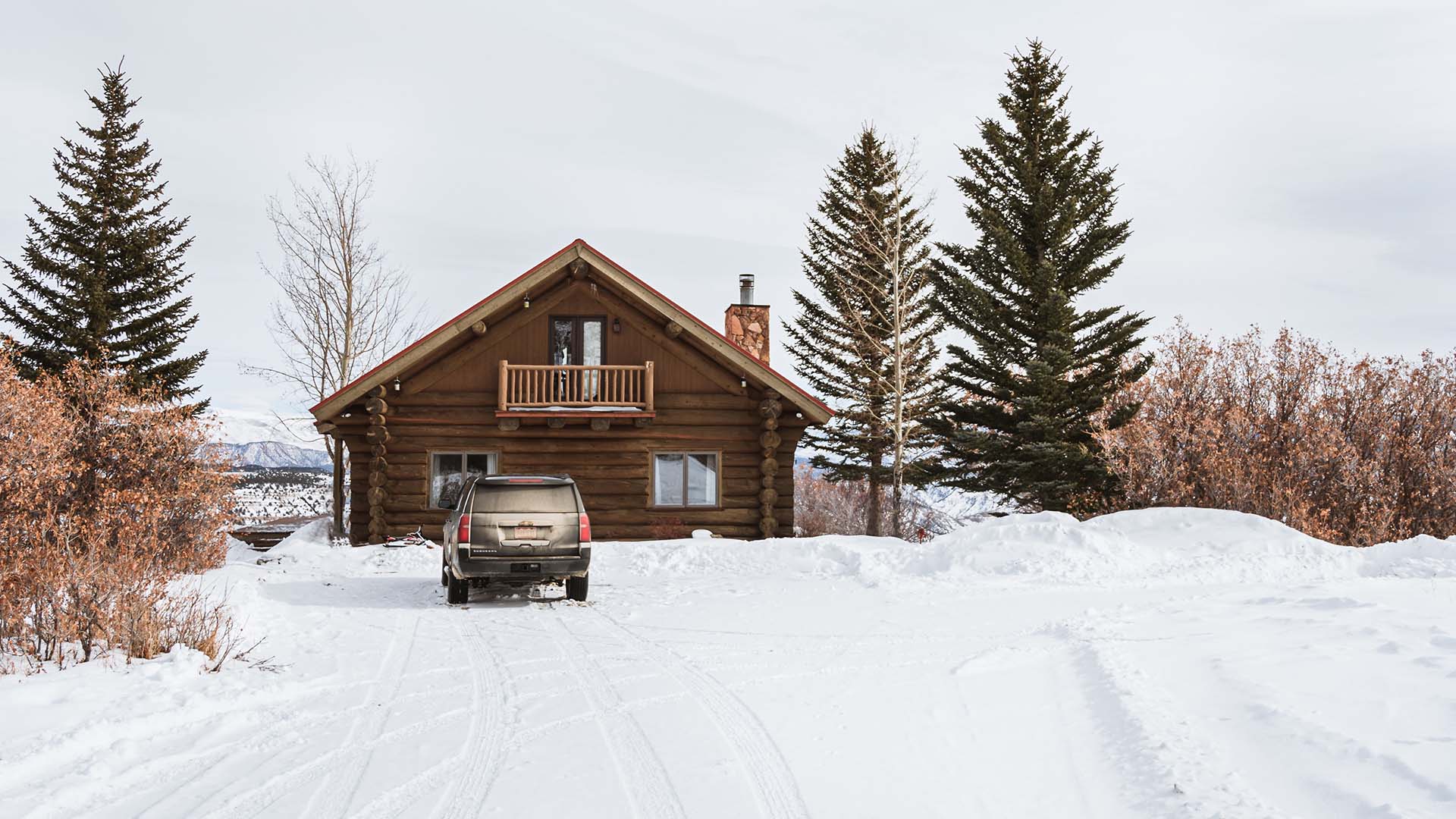Avoid the insurance, legal, and municipal financial pitfalls associated with slip and fall risk exposure.
With winter rapidly approaching, ’tis the season of “slip and fall” claims which could cost homeowners, commercial landlords and tenants hundreds of thousands of dollars in personal injury damages.
Slip and fall risks for merchants
Commercial landlords and tenants face the greatest risk associated with slip and fall personal injury claims due to the fact that they attract foot traffic to their enterprises, says Pete Karageorgos, director of consumer and industry relations at the Insurance Bureau of Canada (IBC). Commercial properties are more exposed because of increased foot traffic.
Protection from slip and fall scammers
In cases of less scrupulous persons looking to “slip and slide” as a deliberate attempt to sue for personal injury damages, commercial enterprises are the most likely target due to their financial standing and likely insurance liability coverage, insurance industry experts note. In this regard it is extremely important to keep detailed documentation (including photographs) relating to an incident which would greatly aid the insurance adjuster in the event of a claim as well as any legal counsel involved.

Alex Gemmiti, a senior broker at Mitch Insurance, points out that the legal environment in Canada has definitely become more litigious. One of the issues is how a legal claim is viewed by the courts which apply an approach of ‘what is reasonable’ in terms of steps taken by the defendant to avoid an incidence – unfortunately the courts tend to view each case individually regarding the ‘what is reasonable’ application, so it’s not a ‘black and white’ issue,
he cautions. Which is why liability insurance has become increasingly more expensive.
Due diligence vs. negligence
It is important that commercial landlords are aware that they are ultimately responsible in having undertaken “due diligence” to ensure measures have been taken to have sidewalks cleared of snow and ice within a “reasonable period of time” which varies depending on different municipal bylaw, comments Gemmiti. This applies regardless of whether the commercial landlord has attempted to pass the responsibility relating to slip and fall liability onto their tenants through the tenant agreement. The same issue applies concerning third-party service providers such as snow removal operators,
he adds.
A major consideration commercial landlords need to take into account regarding their “due diligence” – a.k.a. “due responsibility” – is staying on top of what the property is being used for by tenants. This usage could have multiple risk impacts from the amount of foot traffic involved to what measures the business has employed to reduce slip and fall exposures, Gemmiti remarks.
City snow removal and your business
While a municipality may own a sidewalk, they often have created legal obligations for property owners to keep sidewalks clear of snow and ice, says James Lawson, a lawyer at legal firm Yallen Associates. In turn, property owners will try to pass on this responsibility to the occupier/tenant. Failure to clear sidewalks may result in a fine from the municipality.

That said, Lawson comments, “…the Ontario Court of Appeal has held that the municipality cannot pass on its legal obligation to keep the sidewalk free of snow and ice. Meaning that if someone slips on a city sidewalk, their recourse is to sue the city.” But, Lawson forewarns, an exception applies if the commercial tenant uses the sidewalk as part of their business space, such as a coffee shop or grocery store. In such instances, the business is responsible for the removal of snow and ice. “What constitutes ‘using the sidewalk could depend on several factors and legal advice should be sought.”
However, where commercial tenants are deemed responsible for the clearance of snow and ice, they are not legally expected to have the removal done immediately, but rather within a “reasonable time period” (most municipalities apply a 24 hour period), Lawson comments. It is expected that the owner/occupier will have a ‘reasonable’ maintenance system in place to not only remove snow and ice, but also to monitor the area.
Slip and fall risks for homeowners
In terms of homeowners, the biggest challenge is making people aware that they are responsible for clearing the sidewalks and their properties of dangers such as snow and ice, says Karageorgos. Homeowners/tenants are legally required to make their property safe. Even though a homeowners’ insurance policy includes liability coverage, the requirement to make the property safe to access is something that would be considered in terms of a slip and fall insurance claim, he adds. What many homeowners don’t realize is that they could face a slip and fall claim from personal visitors but also trade-persons accessing the property.
Should a slip and fall liability claim be filed the insurance adjuster will investigate the incidence in determining what measures were taken to limit the exposure, states Gemmiti. “The insurance company may require follow-up check-ups to ensure that appropriate safety measures have been taken. The insured could also look at higher premiums based on the claims experience and future risk involved.”
Gemmiti points out that not many insureds are aware of what their homeowners insurance policy includes in terms of liability coverage. Legal representation, and trial costs associated with a claim, could have a major impact on the insured and their liability coverage. “Trial costs and legal fees could run into hundreds of thousands of dollars regardless of the claim amount which could be significant depending on the damages being sued for – this could include permanent personal injury preventing the claimant from working in their profession ever again. We [Mitch] recommend doubling the liability coverage on a policy – surprisingly the added premium cost is only around $2 to $3 a month,” he adds.
“We recommend doubling the liability coverage on a policy – surprisingly the added premium cost is only around $2 to $3 a month
From an occupier/tenant standpoint, Lawson notes that landlords will require occupier insurance to be purchased to cover slip and fall claims. However, tenants should consult with their insurance broker to determine what exactly is covered with respect to snow and ice, he adds. If a slip and fall event occurs, he suggests notifying your insurer or broker immediately to advise them of a potential claim. “Any litigation for a slip and fall accident has to generally be commenced within two years of the date of the event. Any action commenced after two years is likely statute barred pursuant to the Limitations Act. Regardless, if you are sued, notify your insurer immediately.”
If you or your business face a slip and fall claim
Lawson suggests the following points to limit liability related to a slip and fall legal claim:
- Confirm whether an adjacent sidewalk is owned by the city/municipality or by the landowner;
- Consult a lawyer to determine what your obligations are regarding the sidewalks adjacent to your property are; and
- Consult legal advice to what a “reasonable” maintenance system (preventing slip and fall accidents) should look like. This may include:
- Employee training to identify and remove hazards;
- The hiring of third-party services such as snow removal;
- Assessing any lighting and signage issues; and
- What logs and written reporting are in place to ensure monitoring and removal policies are followed.
“These steps will not prevent you from being sued, but they will help you in minimizing any claims and in defending a claim brought against you,” Lawson says.
Looking for home insurance?
Speak with a Mitch Insurance broker today to get a quote on Ontario home insurance. Learn more >
Call now
1-800-731-2228







